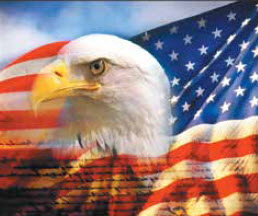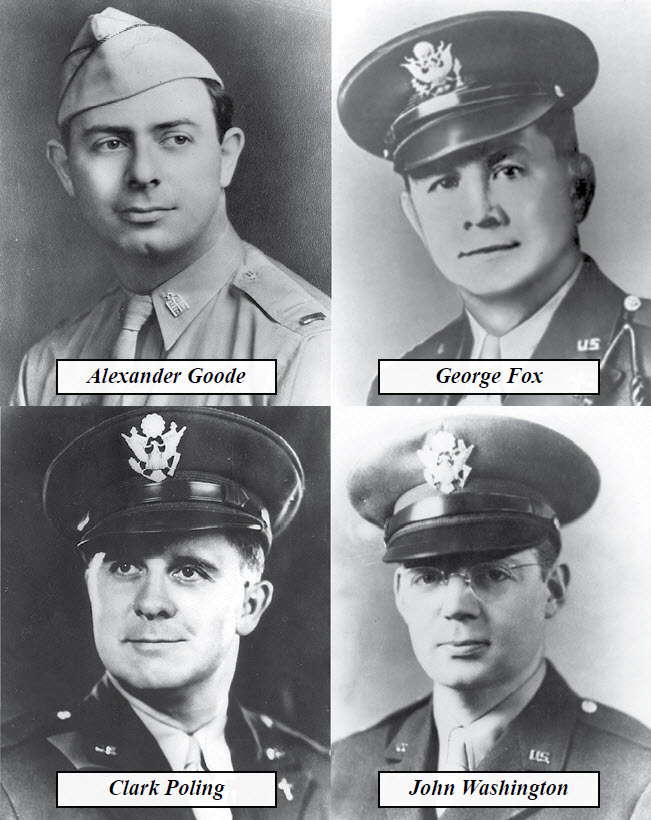 By: Ali Elizabeth Turner
By: Ali Elizabeth Turner
February 23, 2023, marks the 80th anniversary of one of the most selfless and sacrificial stories to come out of WWII. People who know of “The 4 Chaplains” simply refer to is as that, and Congress passed a resolution that February 23 of every year should be observed as “Four Chaplains Day.” Who were they, and what did they do? They laid down their lives so that others could live, and they did it, by the accounts of those who saw the story unfold, with a serene joy that was undoing.
These men were of the kind of unscripted, uncontrived diversity that is the hallmark of American religious freedom. One was Dutch Reformed, one was Methodist, one was Roman Catholic, and one was Jewish. Their names were Clark Poling, George Fox, John Washington and Alexander Goode. They ranged in age from 31 to 43, and got their degrees from schools like Harvard, Yale, Boston University, Moody Bible Institute, Hope College, the University of Cincinnati, Hebrew Union College, Johns Hopkins University, and more. They all had multiple degrees, and they were in the prime of life.
They were sailing on the SS Dorchester, and there were 900 souls on board bound for Greenland. They were in the North Atlantic, in a particularly treacherous part of the journey known as “Tornado Alley,” due to the infestation of U-boats. They were torpedoed by a German sub, and many died instantly. In the 20 minutes that it took from when the torpedo hit until the ship sank, the four chaplains moved through and amongst the men, guiding them to lifeboats, helping calm, soothe, and encourage. They handed out lifejackets and when there were no more left, each gave up his own, sometimes to men whom they almost had to force to take them. Then, the final moments came, and the eyewitness accounts all agree that the last thing they saw was the four men linking arms, standing tall with heads bowed in prayer as they plunged into a frigid grave made of water. One survivor later said, “It was the finest thing I have seen or hope to see this side of Heaven.”
“No casting director in Hollywood could have selected a better cast of characters than these four to portray the basic unity of the American people,” said Monsignor John McNamara, former chief of chaplains of the U.S. Navy, discussing the chaplains’ religious diversity at a ceremony commemorating their bravery that was held in Belgium.
After their death, a decision was made to honor them with what is called the Four Chaplains medal. In 1960, just a few months before President Dwight D. Eisenhower left office, Congress decided to honor their next of kin with a medal that had a very special designation that had to be reconciled to the concept of the Medal of Honor. In order to receive the classically conceived medal of honor, the honoree had to have been armed and engaged in technical combat. Chaplains do not carry weapons when they serve in combat. They do have chaplains’ assistants, whose job is to protect them, but they themselves do not. The designation had to be changed in order for the “Four Chaplains Medal” to have the same weight as the Congressional Medal of Honor for incomparable bravery. No one else has ever been awarded this medal, and I pray that no one ever has to. These were the men of the Greatest Generation, and those of us 80 years later who understand what that means can only simply and humbly say, “Thank you.”
By: Ali Elizabeth Turner






